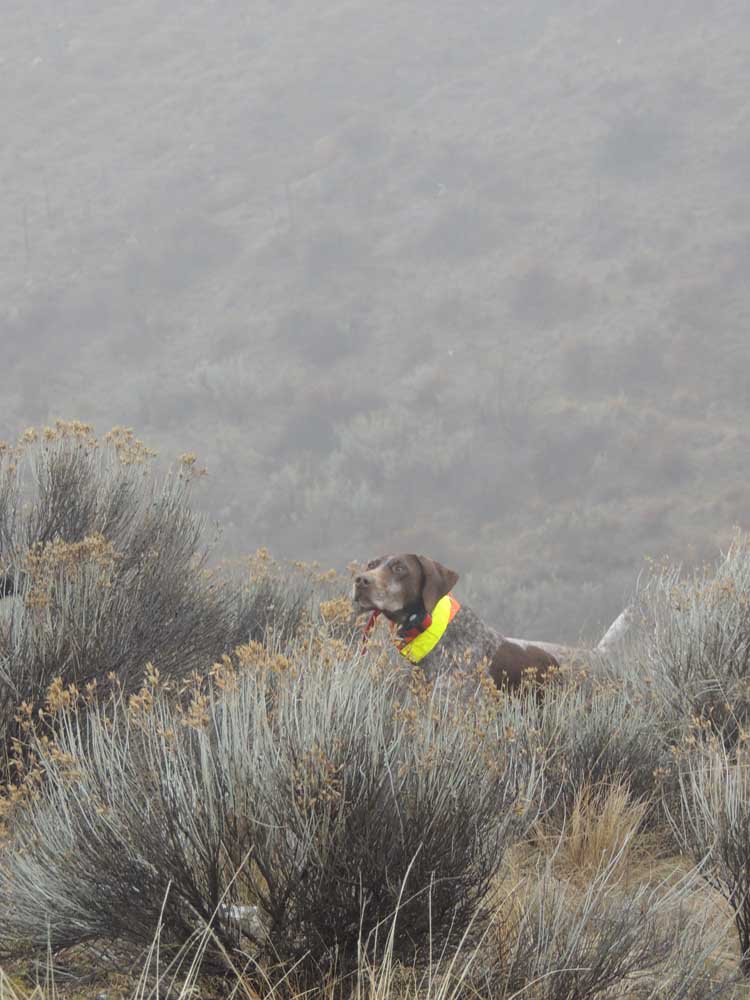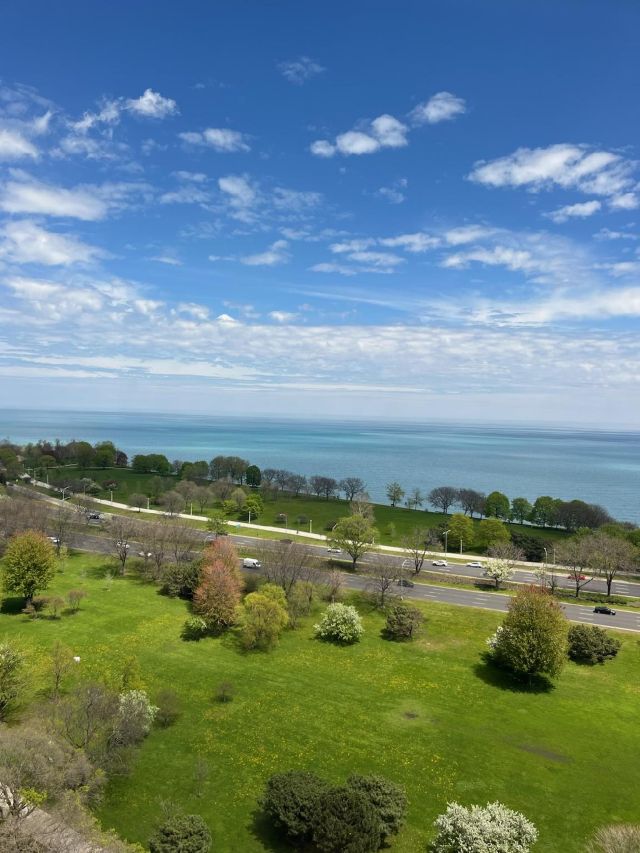Future of wild lands linked to management of sage grouse
Published 8:46 am Thursday, August 24, 2017

- A German shorthair locked up on the scent of a bird in tall sagebrush in the high desert in Eastern Oregon.(Gary Lewis/For The Bulletin)
“If sage grouse are in trouble, why do we have a hunting season?”
Now that is a good question. In fact, it is the right question. And there’s a good answer. But before we get around to that, let’s try to figure out why sage grouse numbers are in decline across the West.
When I sat down with Jeff Kitchens, the Deschutes field manager, and Lisa Clark, the public affairs officer, in the Bureau of Land Management office in Prineville, Clark went straight to the point.
“We have to admit the role of predators — hawks and ravens — in the decline, and that goes to perches.”
Perches. Not the spiny-rayed panfish, but the places hawks like to sit.
Clark held her hands together and hooded her eyes like a hawk sitting on a perch eyeing its next meal.
Look out across the landscape — what we call the sagebrush steppe — between Bend and Ontario, between Burns and Fields. We have a tendency to think this High Desert has always been full of junipers, but it wasn’t so.
In fact, the juniper, throughout much of its current Eastern Oregon range, is invasive.
“The first 50 years of its life, a juniper puts a lot of energy into putting down tap roots. It’s a highly efficient user of the desert,” Clark said.
As the juniper uses more and more of the water, there is less water for the native wildflowers and grasses.
At one time, the prairies east of Bend were said to have grasses as high as the withers of a horse. Ride that land today and where the grasses used to bend in the wind, there is a sea of 30- to 40- to 50-year-old juniper trees. Putting down taproots. Tapping into groundwater.
Blame it on fire suppression. When a fire starts, we put it out. Fire suppression protects young junipers and that leads to “a reduction in forbs (broadleafed plants), a reduction in grasses and shrubs. And a conversion to juniper woodland,” Clark said.
Without tall stands of bunchgrass, the sage grouse don’t have the cover they need to hide from coyotes. And the more junipers, the more perches for ravens and hawks who watch from above as sage grouse hens lead their broods of young to feed and water.
In cooperation with the BLM, the Oregon Department of Fish and Wildlife, the Oregon Hunters Association, other hunters’ groups and private landowners, efforts are under way to control junipers, to hold back the potential loss of high desert habitat to juniper woodland. It’s a battle that won’t be won in our lifetimes, but every acre of ground kept safe for sage grouse is a win for all wildlife.
“Three-hundred-eighty sagebrush obligate species benefit by the work we do with our partners and the public for the sake of sage grouse. They’re kind of the poster child,” Clark said.
“It’s good for the bird, it’s good for the land and it’s good for the user,” Kitchens said.
Now back to that question. Why is there a hunting season for sage grouse? It is the best tool biologists have to keep tabs on Centrocercus urophasianus. Hunters apply for tags in a lottery. If a hunter draws a tag, they have the opportunity to bag up to two birds in a nine-day season.
The application period for sage grouse tags runs through Aug. 21.
One of the best opportunities is in the Beatys Butte Unit. In 2015, the last year for which the data was available, 94 hunters went afield for an average of 1.8 days and returned with an average of 1.4 birds per hunter.
If the hunter is successful, they turn in one wing from each bird and those wings are examined by biologists to determine the size and maturity of the bird and the overall health of the flock. With license, application fees and tag purchases, hunters pay for the privilege of being involved in the research and the preservation of the species.
This is the North American model of game management at work. Hunters cooperate with biologists to manage the sage grouse, control predators that prey on sage grouse, and buy licenses to support the science.
—Gary Lewis is the host of “Frontier Unlimited TV” and author of “Fishing Central Oregon,” “Fishing Mount Hood Country,” “Hunting Oregon” and other titles. Contact Gary at www.GaryLewisOutdoors.com.
Without tall stands of bunchgrass, the sage grouse don’t have the cover they need to hide from coyotes. And the more junipers, the more perches for ravens and hawks who watch from above as sage grouse hens lead their broods of young to feed and water.






